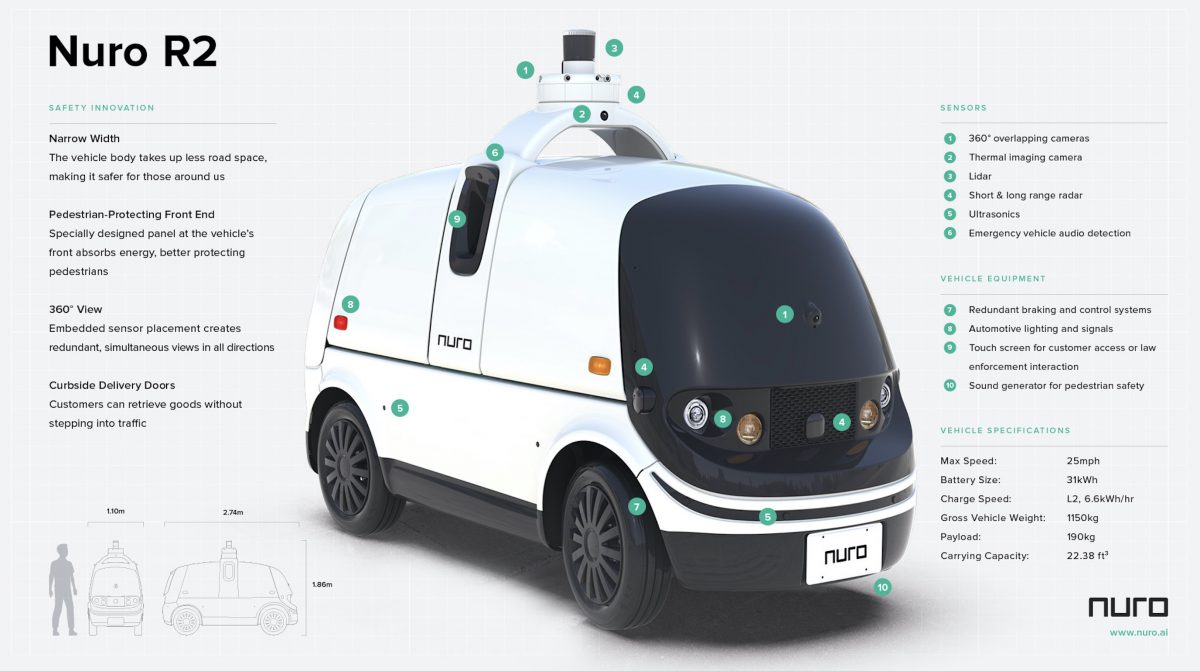Due to the ongoing COVID-19 pandemic and decline in vehicle demand, Toyota is further extending the length of its production suspension at all of its automobile and components plants in North America, including Canada, Mexico and the U.S. The manufacturing facilities will remain closed through May 1, resuming production on May 4. Our service parts operations and finished… Continue reading @Toyota: Toyota Extends Production Suspension at All Plants Until May 1
Tag: Toyota
Toyota extends North American plant shutdown; will stop paying 5,000 temporary workers
FILE PHOTO: A view shows the Toyota Motor Manufacturing plant in Tijuana, Mexico May 31, 2019. Picture taken May 31, 2019. REUTERS/Jorge Duenes WASHINGTON (Reuters) – Toyota Motor Corp said Wednesday it plans to reopen its North American auto plants on May 4, extending its current shutdown by two additional weeks. The Japanese automaker cited… Continue reading Toyota extends North American plant shutdown; will stop paying 5,000 temporary workers
TOYOTA Connected and NTT DATA announce new business alliance to collaborate on mobility service business
TOYOTA Connected and NTT DATA announced a new business alliance to increase the functions and services of the Mobility Service Platform (MSPF) offered globally by Toyota Motor Corporation in order to expand connected car markets and countries and increase software development capabilities and expand operations. In the automotive industry, the value of cars is changing… Continue reading TOYOTA Connected and NTT DATA announce new business alliance to collaborate on mobility service business
Nuro gets OK to test its driverless delivery vehicles on California public roads
Autonomous delivery startup Nuro has been granted a permit to begin driverless testing on California’s public roads, paving the way for the company to roll out commercial operations throughout the state. Nuro, which raised $940 million from SoftBank Vision Fund last year, is allowed to put two of its low-speed electric R2 delivery vehicles on… Continue reading Nuro gets OK to test its driverless delivery vehicles on California public roads
Honda, Nissan to stop paying furloughed workers at US plants
Shiho Takezawa and Chester Dawson, Bloomberg Published 3:00 p.m. ET April 7, 2020 | Updated 3:02 p.m. ET April 7, 2020 Honda Motor Co. and Nissan Motor Co. will temporarily stop paying workers laid off from their idled U.S. plants as the coronavirus stifles demand for cars and trucks. The two Japanese companies on Tuesday… Continue reading Honda, Nissan to stop paying furloughed workers at US plants
@Toyota: Toyota Motor Corp. and Toyota Group Companies outline efforts towards COVID-19
Toyota City, Japan, Apr 7, 2020 – (JCN Newswire) – First of all, Toyota Motor Corporation and Toyota Group (Toyota) companies send their deepest condolences to people grieving the loss of family and friends due to the pneumonia and respiratory issues caused by COVID-19 around the world, and to those who are currently continuing to… Continue reading @Toyota: Toyota Motor Corp. and Toyota Group Companies outline efforts towards COVID-19
@Toyota: Toyota Group Announces Support Measures for the Frontlines of the Medical Sector and Medical Products
First of all, Toyota Motor Corporation and Toyota Group (Toyota) companies send their deepest condolences to people grieving the loss of family and friends due to the pneumonia and respiratory issues caused by COVID-19 around the world, and to those who are currently continuing to fight this illness. Also, Toyota expresses its heartfelt thanks and… Continue reading @Toyota: Toyota Group Announces Support Measures for the Frontlines of the Medical Sector and Medical Products
Honda, Nissan furlough U.S. workers as auto demand plummets
FILE PHOTO: The Honda logo is displayed at the 89th Geneva International Motor Show in Geneva, Switzerland March 5, 2019. REUTERS/Pierre Albouy/File Photo TOKYO/WASHINGTON (Reuters) – Honda Motor Co (7267.T) and Nissan Motor Co (7201.T) on Tuesday said they had furloughed thousands of workers at their U.S. operations as the coronavirus pandemic slashes demand for… Continue reading Honda, Nissan furlough U.S. workers as auto demand plummets
Renault plant in Moscow extends production suspension
MOSCOW, April 6. / TASS /. The Renault concern in Moscow has extended the suspension of production in connection with the decree by Russian President Vladimir Putin on the extension of non-working days until the end of April, an official representative of the company told TASS on Thursday.
“In accordance with the decree by the Russian President, the Moscow Renault plant suspended car production starting on March 30, 2020. These are paid non-working days for workers. The plant will resume its work depending on further decisions of the government,” the representative said.
Previously, the week from March 30 to April 3 was declared a non-working week, to combat the spread of the coronavirus. The Renault plant suspended the conveyor for this period. Later, the President announced the extension of non-working days until April 30.
The suspension of production was also announced by Nissan, Toyota and the Avtotor Kaliningrad plant. At the same time, starting on April 6, automobile production w..
Press Releases – UK trade deal: EU auto makers call for far-reaching agreement
Brussels, 6 April 2020 – The scale and ambition of the trade agreement that replaces the United Kingdom’s membership of the EU must reflect the deeply intertwined nature of the automotive sector, urges the European Automobile Manufacturers’ Association (ACEA). If not, this would not only severely damage the industry and the wider economy, but it… Continue reading Press Releases – UK trade deal: EU auto makers call for far-reaching agreement

